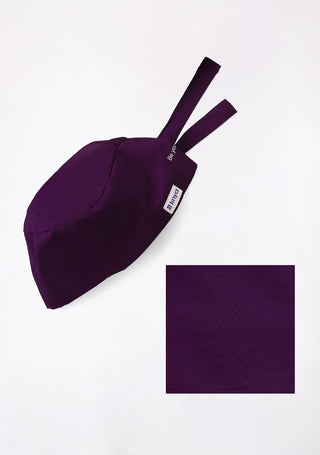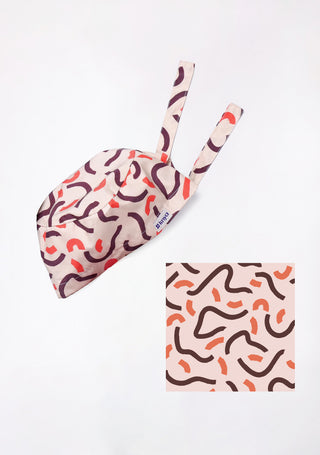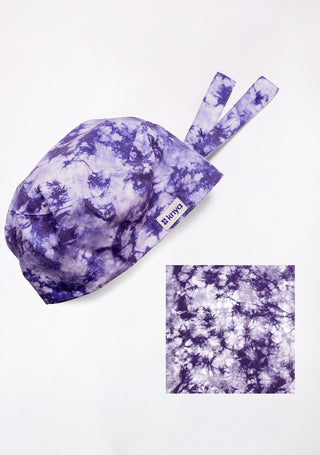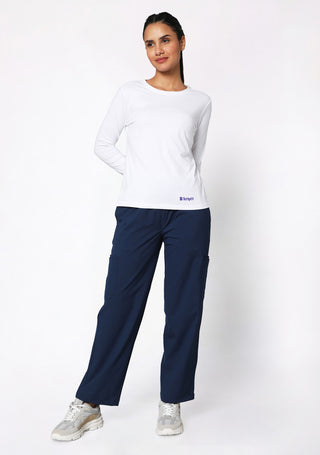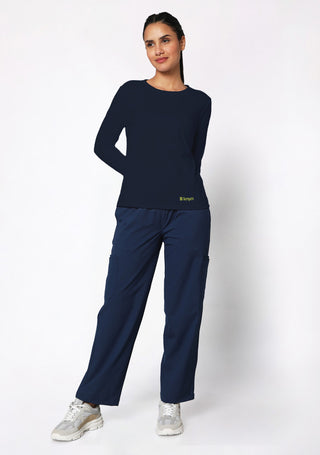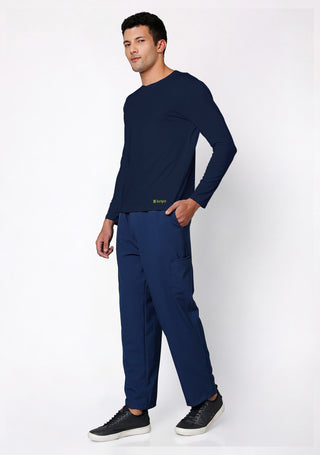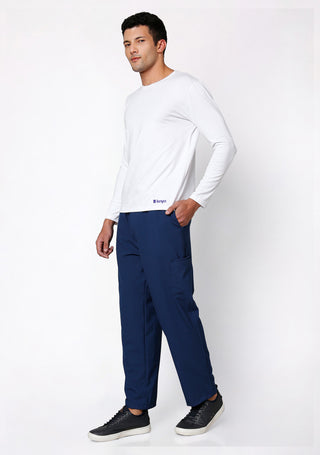Customizing your lab coat is more than a fashion statement; it's a declaration of professionalism, identity, and pride in your role. When done correctly, it enhances your comfort, efficiency, and interaction with patients or colleagues. While it’s important to comply with workplace standards, there’s room to express individuality and tailor your uniform to your needs.
Looking for breathable and durable scrubs for women? Knya has you covered
Identity & Belonging
A customized lab coat allows professionals to stand out in a sea of uniforms. For healthcare workers, wearing a coat with their name, department, or specialty embroidered fosters a sense of pride and belonging. In academic or research institutions, this personalization helps identify teams, roles, or specific project affiliations.
Professionalism & Patient Trust
While a clean white coat traditionally signifies authority and competence, customization when done thoughtfully can enhance professionalism. Patients are more likely to trust a caregiver when they can see their name and designation clearly displayed. It reduces confusion and encourages better communication, especially in fast-paced or high-stress environments.
Comfort & Functionality
Off-the-rack coats may not always fit perfectly or address job-specific needs. Custom features like additional pockets, stretch panels, or breathable fabric inserts can improve the functionality and comfort of the coat, directly impacting job performance.
Brand Representation
For companies or institutions, a custom coat provides an opportunity to reinforce branding. Logos, colors, or unique design elements can be integrated to promote identity while maintaining a professional uniform appearance across the team.
Popular Customization Options
Embroidery
The most common form of personalization, embroidery typically includes:
- Name and Credentials:
-
Department or Specialty: “Pediatrics,” “Research Fellow,” “Pathology Lab”
-
Institution Logo or Emblem: Many organizations require their insignia to be placed on a specific sleeve or chest pocket.
Color Accents & Trims
Although white remains the dominant color for lab coats, many brands offer options with colored collars, cuffs, buttons, or piping. These accents can reflect department codes or simply add a personal flair.
Fit and Cut
Gone are the days of shapeless coats. Tailored fits for men and women, adjustable waists, and curved hemlines now allow wearers to feel more confident and comfortable. Whether you prefer a classic straight cut, a princess seam, or a modern slim fit, options abound.
Fabric Choices
Performance fabrics are increasingly popular. Features include:
-
Wrinkle-resistance for a polished look all day
-
Moisture-wicking for hot environments
-
Fluid-resistant for those handling hazardous materials
-
Antimicrobial coatings to maintain hygiene
Pockets & Utility Add-Ons
Consider custom pocket placements, hidden ID loops, pen slots, and even badge holders. Some companies allow full customization of pocket depth and location based on your tools and day-to-day needs.
Workplace Standards: What to Keep in Mind
Before you rush to customize your lab coat, understand your workplace’s policies. While personalization is often encouraged, it must align with the organization's code of conduct, safety protocols, and uniform guidelines. Here are a few standards to consider:
Infection Control Policies
In clinical settings, embroidered elements or decorative accessories should not interfere with hygiene standards. Coats should still be easy to launder frequently and must not compromise sterility.
Safety Compliance
Certain industries require flame-resistant, chemical-resistant, or anti-static garments. Customizations must not hinder the protective functionality of the lab coat.
Branding Guidelines
Hospitals and labs may have strict requirements regarding logo size, placement, and color. Unauthorized logos or informal embroidery might violate these guidelines.
Dress Code Uniformity
In shared departments, consistency is often emphasized to maintain a cohesive appearance. Customizations might be restricted to name embroidery or specific trim colors approved by the organization.
Cultural Sensitivity
Avoid designs or messages that may be perceived as unprofessional or culturally insensitive. Customizations should be tasteful, work-appropriate, and inclusive.
We believe you deserve the best. Shop our amazing selection of lab coats right here
Tips for Tasteful & Functional Customization
-
Keep It Simple: Limit embroidery to your name and credentials or department. Avoid clutter.
-
Choose High-Quality Threads: Durable embroidery lasts longer and resists fading during washing.
-
Pick Functional Customizations: Add pockets or features that improve your work, not just aesthetics.
-
Use Colors Wisely: Stick to subtle shades if unsure navy, burgundy, or gray are safe choices.
-
Test the Fit: If going for a tailored coat, try on a sample or refer to a detailed size chart to avoid discomfort.
-
Check the Return Policy: Personalized coats may not be eligible for return, so double-check details before ordering.
Where to Order Custom Lab Coats?
Several retailers and manufacturers offer customizable lab coats online, with options for embroidery, fit, and features. Popular brands like Medelita, Barco Uniforms, Cherokee, Grey’s Anatomy by Barco, and Jaanuu cater to professionals who want style, function, and personalization. Many allow bulk customization for teams, complete with branding packages.

